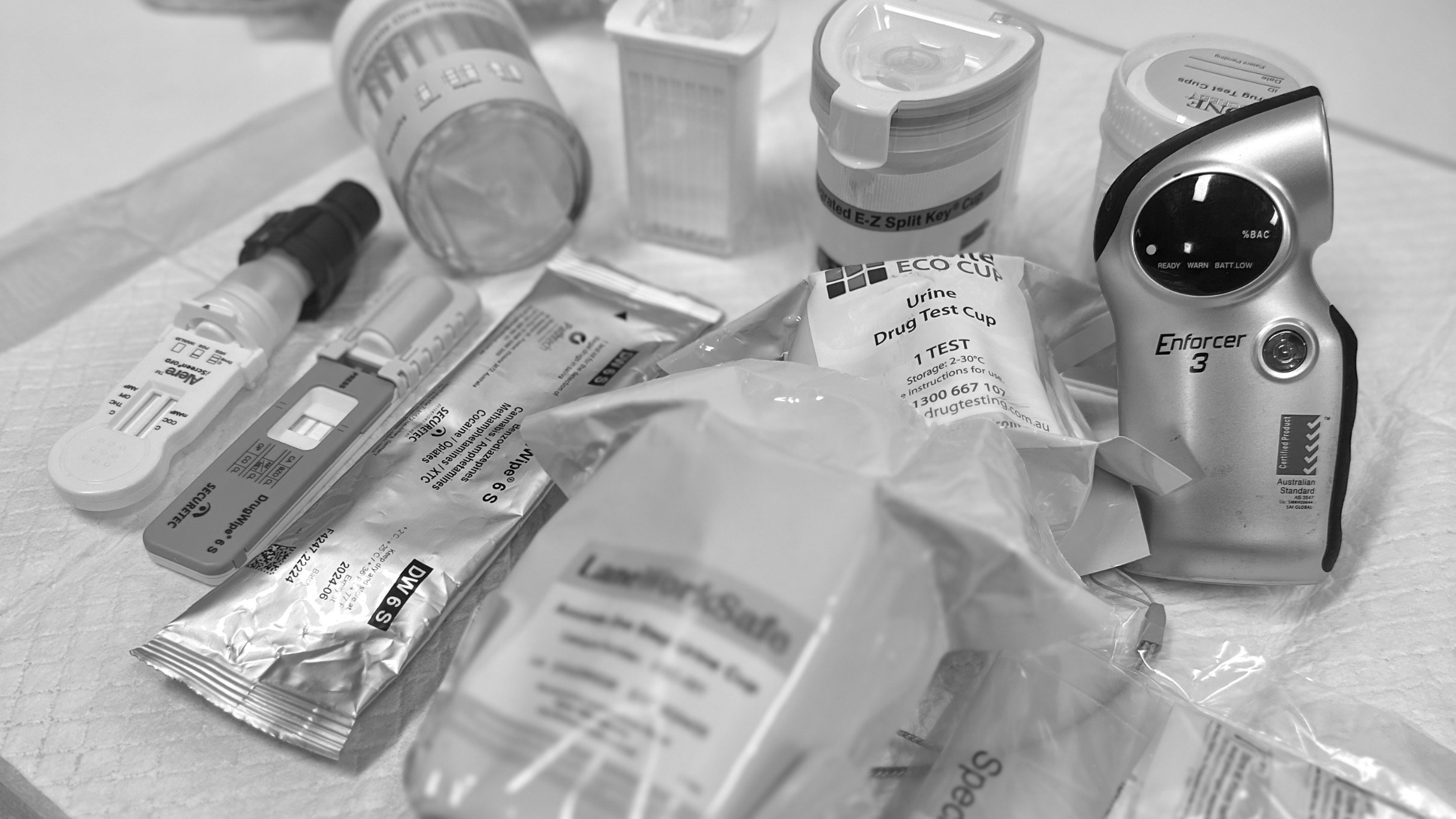Is your workplace truly safe? Think again. Despite best efforts, critical safety gaps lurk in plain sight, potentially putting lives at risk. From hidden hazards to mental health blind spots, we’re about to uncover five workplace safety oversights you can’t afford to ignore. Discover how mastering first aid could be the key to transforming your workplace from a ticking time bomb into a haven of safety. Ready to see workplace safety in a whole new light?
1. Limited First Aid Training
Many organisations provide basic first aid training, but this may not be enough to handle all potential workplace emergencies.
First Aid’s Role:
Comprehensive first aid training goes beyond the basics. It equips employees with skills to handle a wide range of emergencies, from minor cuts to life-threatening situations. Regular refresher courses ensure that these skills stay sharp and up-to-date with the latest first aid techniques.
2. Inadequate Risk Assessment
Many workplaces conduct risk assessments, but they often miss subtle hazards that can lead to accidents. A thorough risk assessment should consider all potential dangers, including those that might seem insignificant at first glance. A risk that is often overlooked is staff alcohol and drug usage. In Australia, in 2025, 1 in 37 workers have worked under the influence of alcohol, and 1 in 9 under the influence of illicit drugs. Around a third of workers report negative impacts from colleagues’ substance use, including accidents or near misses, reduced work performance, extra hours to cover for others, or co-workers taking time off.
First Aid’s Role:
Comprehensive first aid knowledge enhances awareness of potential risks. Employees with advanced first aid training are more likely to spot hazards and take preventive measures. They understand the consequences of accidents and are better equipped to identify risks before they lead to injuries.
Additionally, not only is it essential to implement comprehensive Alcohol and other Drugs policies but also essential that you have a trained in-house staff member to conduct drug & alcohol testing with employees. Outsourcing training can be costly for your business. Upskilling a staff member is a cost-effective way to enhance workplace safety. Australian Training Institute offers a quality Workplace Drug and Alcohol Testing course (HLTPAT005 – Collect Specimens for Drugs of Abuse Testing), available online or face-to-face.
3. Insufficient First Aid Equipment
It’s common for workplaces to have basic first aid kits, but these are often inadequate for dealing with specific workplace hazards.
First Aid’s Role:
Proper first aid education includes learning about appropriate equipment for different scenarios. This knowledge ensures that workplaces are equipped with the right tools to handle emergencies specific to their environment. From eye wash stations in chemical laboratories to automated external defibrillators (AEDs) in offices, first aid training helps identify and provide the necessary equipment.
4. Inadequate Emergency Response Planning
While most workplaces have emergency plans, they often lack detail or fail to account for all possible scenarios.
First Aid’s Role:
Advanced first aid training includes emergency response planning. Employees learn how to react quickly and effectively in various emergency situations. This training helps organisations develop more comprehensive and practical emergency response plans, ensuring a coordinated and efficient response to any crisis.
5. Overlooking Mental Health First Aid
Mental health is often neglected in workplace safety protocols, despite its significant impact on overall well-being and productivity.
First Aid’s Role:
Mental Health First Aid training, a crucial component of comprehensive first aid programs, teaches employees to recognise signs of mental health issues and provide initial support. This training creates a more supportive work environment and helps prevent mental health-related incidents.
In conclusion, addressing these often-overlooked aspects of workplace safety isn’t just about compliance—it’s about safeguarding your most valuable asset: your people. By investing in comprehensive first aid training, you’re not merely ticking a box; you’re actively reducing workplace incidents, lowering insurance costs, and boosting employee morale and productivity.
A robust safety culture built on first aid knowledge can be your competitive edge, attracting top talent and enhancing your company’s reputation. Remember, every dollar spent on safety training yields an estimated $4-$6 in return. Can your business afford to overlook these critical safety gaps? The choice is clear: invest in first aid education today, and reap the rewards of a safer, more resilient, and ultimately more successful organisation tomorrow.
Australian Training Institute (ATI) offers a wide range of nationally recognised first aid courses tailored to different workplace needs, including:
- Provide First Aid and CPR Course – essential for all workplaces.
- Occupational First Aid – designed for high-risk environments.
- Advanced First Aid – in-depth skills for emergency response teams.
- Provide First Aid in Remote or Isolated Sites – for workplaces in challenging locations.
In addition, ATI’s Workplace Drug and Alcohol Testing training course equips companies with the skills and knowledge to conduct compliant and safe testing under Australian standards, ensuring your team meets all legal and ethical obligations.
Registered Training Organisations, like ATI offer a range of first aid courses tailored to meet the specific needs of various workplaces, helping to bridge these safety gaps effectively. Remember, workplace safety is an ongoing process, and providing first aid training is a crucial step in creating a culture where safety is not just a priority, but a fundamental part of the organisational ethos.




